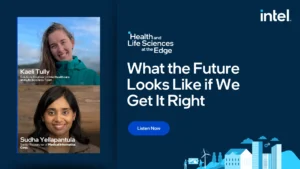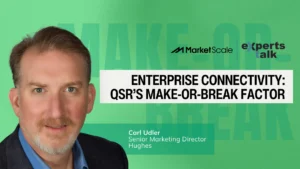Ask any frequent restaurant patron why they return to a restaurant and second to the food quality, a typical answer is the staff and hospitality. Whether it is a family-style restaurant, bar, or fine dining establishment, customers feel a sense of comfort when they walk in and see familiar faces. Establishing a memorable guest-to-server experience is vital to generating repeat business.
Equally important is retaining servers, especially those that have a proven ability to build lasting guest relationships that drive customer loyalty. High turnover rates can have a tremendous effect on the bottom line. In fact, according to the Black Box Intelligence, the industry average for the replacement cost of a single employee is around $2,000. The National Restaurant Association estimates that the average restaurant is losing $150,000 a year due to staff turnover.
The loss of an employee has directed associated costs including advertising the open position and additional management hours devoted to reviewing applications and interviewing candidates. Couple this with the training hours, productivity loss, and certain food waste resulting from a new server’s initial training, and the costs quickly add up.
High turnover rates affect the overall atmosphere of a restaurant as well. Staff morale can drop as friends leave and new relationships have to be established. Schedules become challenging as a smaller crew is left to pick up the vacant shifts. Also, the quality of service tends to drop as the experienced employee is replaced by a new hire that is unfamiliar with the menu and restaurant operations. When customer service suffers, even for just a few tables, the overall brand of a restaurant can take a significant hit.
As a result, it is crucial to keep employee turnover as low as possible. Here are a few tips for developing a successful employee retention strategy.
Proactive Strategies Reduce Turnover
A strategy that savvy managers use to reduce turnover is a tiered employee referral program. Providing an incentive to employees to bring on new staff members and reward them for the longevity of the new hire is a natural screening process that attracts quality, long-term hires. A tiered referral incentive provides bonuses when a referral is hired when they’ve reached 3 months and 12 months of employment. The current employees have an incentive to endorse candidates that will remain loyal to the restaurant. In addition to reducing turnover, employee referral programs lessen the explicit costs associated with onboarding new employees as previously outlined.
Another strategy is providing competitive wages. One of the most common reasons for an employee to leave is they receive a better offer elsewhere. You can prevent this by being familiar with competitors’ wages and matching or exceeding them. Not surprisingly, providing competitive compensation is likely to increase employee retention.
Perhaps equally important, is considering technology that enables the server to be more efficient and earn more tips. While an extensive training program will help your employees perform their basic job functions, implementing the right technology can ensure they are enabled to spend quality time with your guests. Pay-at-the-table convenience is one option for freeing up your staff to focus on hospitality.
TableSafe’s payment platform provides a guest controlled payment solution that enables the server to focus on hospitality. The TableSafe RAILTM pay-at-the-table platform is an EMV secure, guest-controlled payment solution that allows your waitstaff to focus on hospitality and revenue generation, not payments. To learn more about TableSafe and how it mitigates high turnover, visit tablesafe.com/why-tablesafe.
Read more at tablesafe.com









